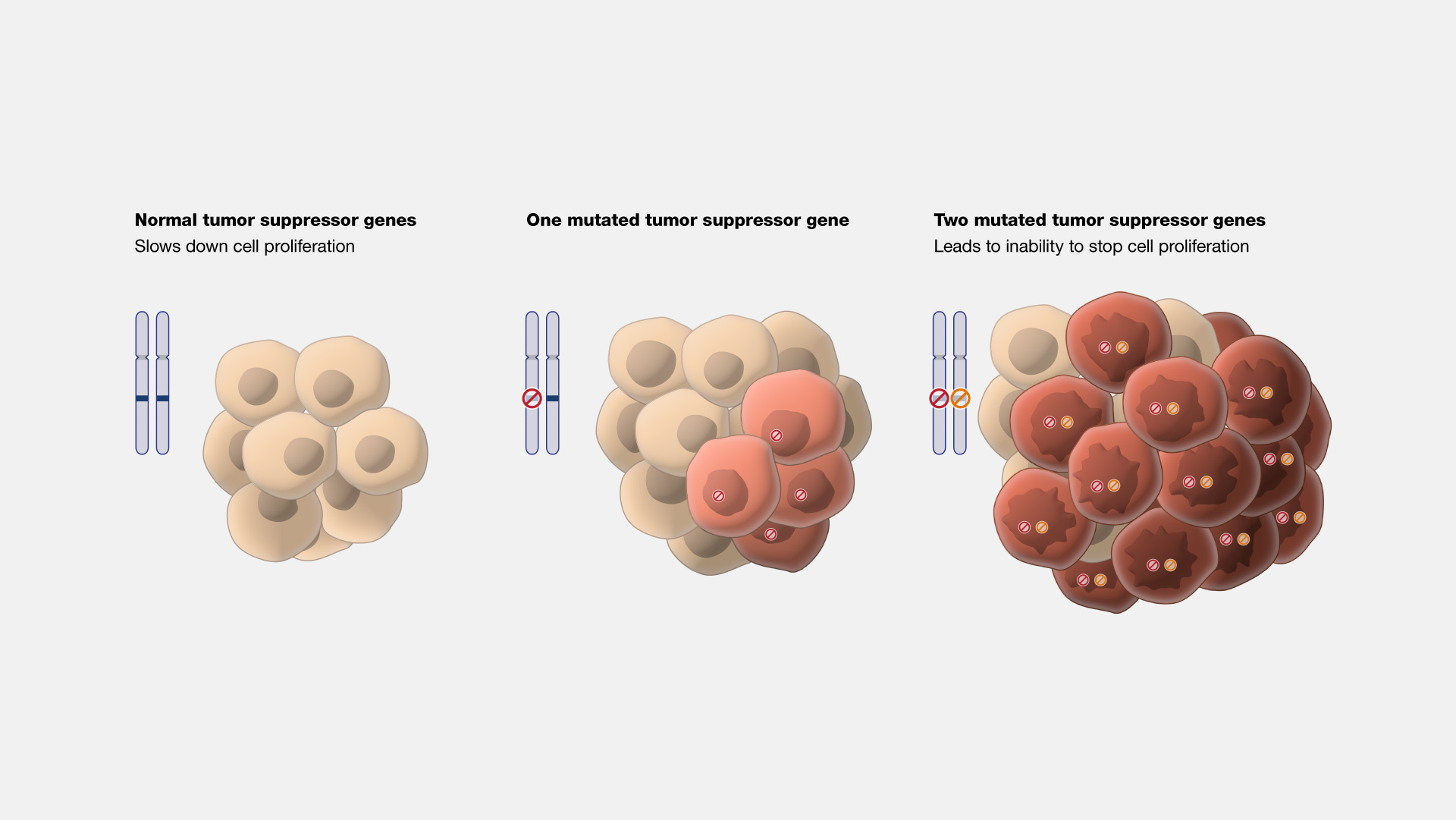Figure 5 from The tumor suppressor p53 from structures to drug Biology Diagrams The present study aimed to explore the significance of tumor suppressor proteins and HPV16 E6 and E7 oncoproteins in the assessment of survival in patients with oropharyngeal squamous cell carcinoma (OPSCC), LSCC, and HPSCC associated with high-risk (HR-) and low-risk (LR-) HPV infections.

Abstract. p16INK4A and p53 are two major tumor suppressor proteins that are both upregulated in response to various cellular stresses and during senescence and aging. p53 is a well-characterized transcription factor, while p16INK4A a cyclin-dependent kinase inhibitor encoded by the CDKN2A gene, and controls the expression of several genes through protein-protein interactions and also via

p16 Ink4a overexpression in cancer: a tumor suppressor gene associated ... Biology Diagrams
Here, we describe rezatapopt (PC14586), part of a series of compounds designed to reactivate the p53 Y220C mutant. These compounds restore p53 tumor suppressor function by correcting its conformation and enabling it to bind DNA and activate downstream target genes, thus inducing anti-proliferative changes in tumor cells.

Collectively, our results establish that disruptions of p16 Ink4a and the p19 ARF -p53 circuit play critical and cooperative roles in PDAC progression, with specific tumor suppressor genotypes provocatively influencing the tumor biological phenotypes and genomic profiles of the resultant tumors.

Role of the p16 tumor suppressor gene in cancer Biology Diagrams
Here, we provide an overview of the important roles of p53, p21, and p16 in the cell-intrinsic checkpoint, signaling, and repair responses to prevent genome instability. The significance of these tumor suppressors is also discussed in the context of cancer and DNA-damaging therapies designed to specifically target tumor cells.
